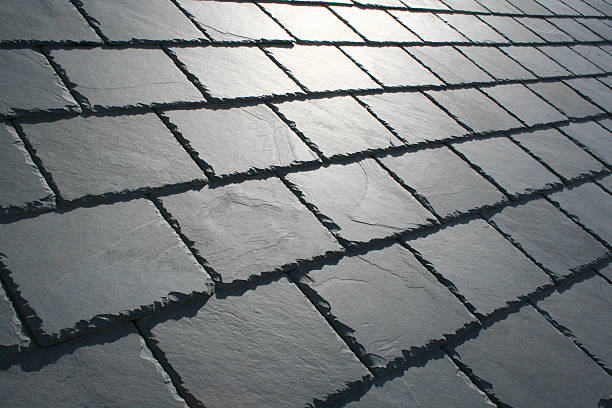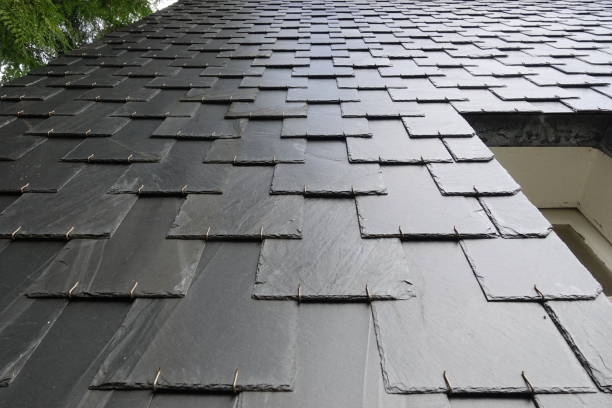Understanding Tile Roofing Materials Available in London

London property owners contemplating tile roofing improvements face important material selection decisions significantly impacting both project costs and long-term performance. The market offers diverse tile options, each with distinct characteristics, price points, aesthetic qualities, and performance profiles. Understanding available materials enables informed decisions matching specific property requirements, aesthetic preferences, and budget constraints while ensuring optimal long-term satisfaction with roofing investments.
Modern tile roofing companies in London provide comprehensive material selections addressing varied customer needs and preferences. From traditional clay tiles maintaining period authenticity through synthetic options offering contemporary performance, professional contractors guide clients toward appropriate choices. Understanding material options helps property owners recognize what distinguishes quality products from inferior alternatives and appreciate how material selection affects installation processes, maintenance requirements, and aesthetic outcomes.
Traditional Clay Tiles: Heritage and Performance
Clay tiles represent the traditional choice for London roofing, particularly valued in conservation areas and heritage properties where historical authenticity matters significantly. Fired clay develops character and patina over decades, developing subtle colour variations and weathered beauty appreciated by traditionalists. Manufacturing clay tiles involves firing natural clay at high temperatures creating durable, fire-resistant products naturally resistant to frost, rot, and pest damage.
Clay tiles offer exceptional longevity, frequently lasting seventy-plus years with appropriate maintenance. The material's porosity provides natural insulation benefits while resisting UV degradation ensuring stable colour retention. Traditional profiles including Spanish tiles, Roman tiles, and interlocking patterns provide aesthetic variety suiting different architectural styles. However, clay tile weight requires robust structural support, and premium pricing reflects manufacturing costs and material quality.
Concrete Tiles: Modern Performance and Value
Concrete tiles emerged as cost-effective alternatives to clay, offering excellent performance at lower price points. Modern concrete production techniques create durable tiles resisting freeze-thaw cycles, UV exposure, and weather extremes effectively. Concrete tiles accommodate extensive colour choices and profile variations enabling aesthetic flexibility unavailable with traditional materials. Manufacturing consistency ensures uniform quality throughout production runs, contrasting with clay tile variations that some appreciate while others find inconsistent.
Concrete tiles typically weigh less than clay alternatives, reducing structural requirements and potential retrofit costs for older buildings. Maintenance requirements prove minimal, with occasional cleaning addressing moss or algae growth. Frost resistance and durability prove comparable to quality clay tiles, though some concrete products may develop surface weathering or colour fading over extended periods. Modern manufacturing improvements continuously enhance concrete tile performance, making them increasingly competitive with traditional materials.
Natural Slate Tiles: Prestige and Durability
Natural slate represents the premium tile option, offering unparalleled durability, prestige, and distinctive aesthetic beauty. Quarried slate possesses inherent variations creating unique colour patterns and surface characteristics impossible to replicate artificially. Slate's natural cleavage properties enable creation of thin, lightweight tiles despite exceptional strength. Properly installed slate roofs frequently last one hundred years or beyond, representing genuine lifetime investments in building protection and beauty.
Slate tile weight necessitates robust structural support, with some older London properties requiring reinforcement before installation. Premium pricing reflects quarrying costs, rarity of quality slate, and specialized installation expertise required for optimal performance. Conservation areas frequently specify slate for properties within historic zones, recognizing its heritage appropriateness and aesthetic superiority. For property owners valuing prestige, longevity, and distinctive beauty, slate represents worthwhile investment despite premium costs.
Synthetic and Composite Tiles: Innovation and Practicality
Modern synthetic tiles combine natural material aesthetics with contemporary material science creating practical alternatives to traditional products. High-quality composite tiles replicate slate or clay appearance while offering superior durability, lower weight, and reduced costs compared to natural materials. Advanced manufacturing techniques enable sophisticated colour matching and textural replication approximating authentic materials convincingly.
Synthetic tiles often incorporate recycled content, supporting environmental sustainability objectives while maintaining performance standards. Manufacturing consistency ensures uniform quality throughout products. Some conservation areas accept quality synthetic tiles when natural materials prove unavailable or prohibitively expensive, recognizing practical advantages while maintaining aesthetic objectives. Modern synthetics represent legitimate alternatives for property owners valuing performance and cost-effectiveness over traditional material prestige.
Material Selection Criteria and Decision Factors

Appropriate material selection considers multiple factors including aesthetic preferences, budget constraints, structural capacity, maintenance willingness, and regulatory requirements. Heritage properties in conservation areas may face restrictions limiting material choices to traditional clay or slate. Structural assessment determines weight limitations affecting material options for older buildings. Budget constraints may direct selection toward concrete or synthetic alternatives when traditional materials prove cost-prohibitive.
Long-term ownership intentions influence material choices, with property owners planning extended residency justifying premium investments in superior materials. Short-term ownership or rental properties might reasonably prioritize cost-effective options delivering acceptable performance without unnecessary premiums. Maintenance preferences affect material selection, with traditional tiles requiring periodic attention while modern alternatives prove increasingly low-maintenance.
Installation Considerations and Material-Specific Requirements
Different tile materials require specific installation expertise and techniques. Clay tiles demand careful handling preventing breakage during placement. Slate installation requires specialized knowledge managing variable tile dimensions and appropriate fixing methods. Concrete and synthetic tiles typically allow standardized installation procedures. Professional roofing contractors possess expertise with specific materials, understanding nuances affecting installation success and long-term performance.
Environmental and Sustainability Considerations
Material sustainability increasingly influences selection decisions as property owners consider environmental impacts. Natural clay requires minimal processing beyond quarrying and firing, remaining completely recyclable at end-of-life. Slate represents natural material with minimal processing requirements and exceptional longevity reducing replacement frequency. Modern synthetics increasingly incorporate recycled content and recyclable materials supporting circular economy principles. Understanding environmental profiles enables selection aligned with sustainability objectives.
Conclusion
London property owners benefit from understanding available tile roofing materials, distinct characteristics, performance profiles, and appropriate selection criteria. From traditional clay through modern synthetics, diverse options address varied requirements and preferences. Professional consultation helps evaluate options against specific circumstances, ensuring material selection supporting both aesthetic objectives and practical performance requirements. Comprehensive understanding of material options enables confident decisions protecting property investments effectively for decades while achieving desired aesthetic outcomes.
A&A Roofing Solutions
Address: 17 Honey Lane, Waltham Abbey, United Kingdom
Phone No.: +44 800 048 5580
Map Location: https://maps.app.goo.gl/o1Ja2ikKhnfLQY5f8
Comentarios
Publicar un comentario